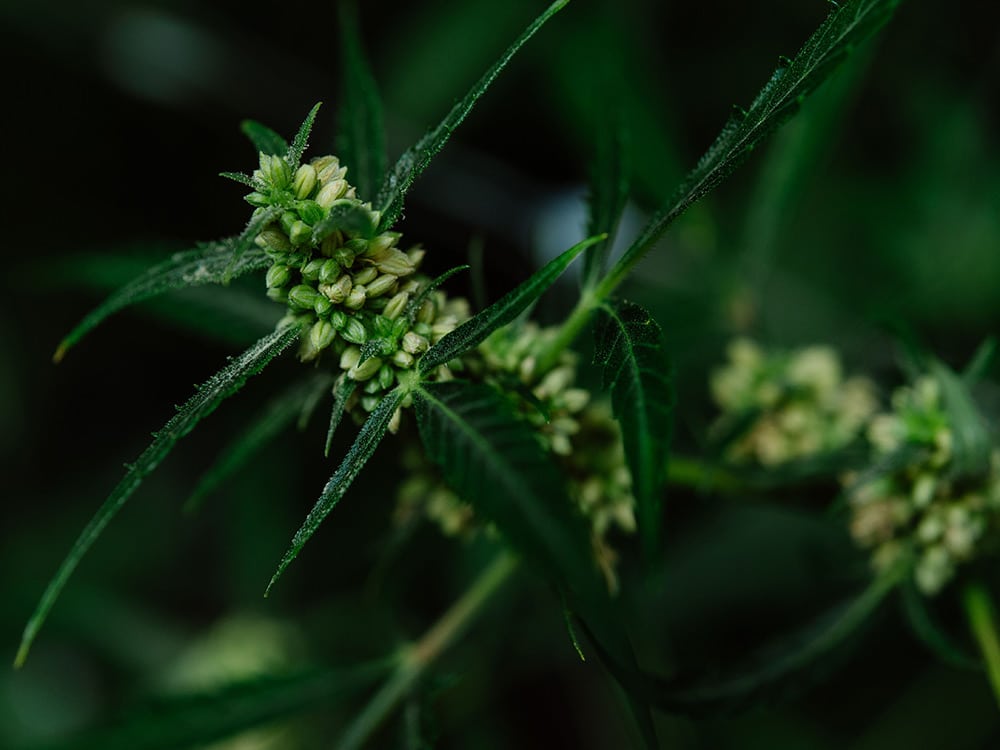Autoflower Cannabis Male & Herm Identification and Removal
An Introduction to Males & Herm Cannabis Plants
Males and hermaphrodites are by definition two different expressions. Though there is some overlap in presentation and timing, for the most part, they look different and express at different times. Regardless, if we don’t find and remove them in a timely way the results are the same. The crop gets pollinated.
Searching for males and hermaphrodites requires a thorough and regular search, with a keen eye. Only employees who are very familiar with cannabis plants should be assigned to this task. In most instances, the process of searching for males or herms requires moving through thousands or tens of thousands of plants in less than an hour and finding just a few of these plants. In addition to a keen and experienced eye, the process also requires focus and confidence.

The Mechanics of the Search
Walk the Walk
Every week starting the first week of flower, every bed needs to be walked and checked. We’ve found the easiest way to do this is to have two people walking each bed in tandem. Each person takes one line of plants and looks at every plant. An appropriate walking speed is just slightly slower than casual walking speed, roughly 1-1.5 mph. Two people walking at this speed should be able to accomplish an acre in about an hour.
Check the Pits
Carefully look at 10 plants as a subset of each variety. Examine the lowest nodes on the plant for more subtle signs of herm. Specifically, look for male flowers clustered in the armpits of the lower canopy.
Remove Abnormalities
If a plant looks “funny” or “off” or different in any way, make sure to check the lowest branches for early signs of hermaphroditism (especially the areas where the branches meet the main stem, the “pre flips” or initial calixes). We have found that the plants that look weird are often the ones that herm later on.
Don’t Forget to Bag ‘Em
Plants that have male flowers that have already opened should be removed from the field very carefully, and treated with the utmost caution in order to avoid spreading pollen onto surrounding plants. Take a plastic bag and put it over the entire plant, disturbing it as little as possible. Pull the bag down as low as you can, ideally all the way to the ground, and hold the bag closed around the base of the stem. Then pull the plant out by the base of its stem, removing the entire root ball, and tie the bag shut immediately. Do not open the bag again.
Plants that have no open flowers may be combined into one bag. Be very careful when making this assessment, as some male flowers open much earlier than others. All plants need to be put into a plastic bag and thrown away. After pulling up these plants do not leave the plants on the ground in the field
or at the edge of the field. Dead males/herms can open flowers and release pollen days after they have been pulled up.

Feminized Autoflowering Seed
The feminization process produces a very small percentage of phenotypic males. This ranges from 1 in 1000 to 1 in 2500 depending on the strain. Depending on your plant counts per acre, this means most folks will have 10-15 phenotypic males per acre. The vast majority of these males present from Week 2 to Week 5.
Currently we do not have good data on hermaphrodites, AKA herms. Even our anecdotal data is shaky. Herms have both male and female flowers. We’ve seen them present many different ways:
- A single branch of male flowers.
- Multiple branches with male flowers.
- A single branch with male flowers at lower nodes and female flowers at the apex.
- Multiple branches with male flowers at lower nodes and female flowers at the apex.
- All branches with male flowers lower down and female flowers at the apex.
We’ve also seen herms with just a few cluster flowers at the armpit. Usually within a week pistils are emerging from these spots, but there is no doubt there is some pollen release from these locations. If there is a high concentration of these plants we should discuss other strategies before pulling.
Herms present mostly in Week 5 – Week 8. If there are other successions of younger plants in the field we want to be vigilant for herms to the bitter end.